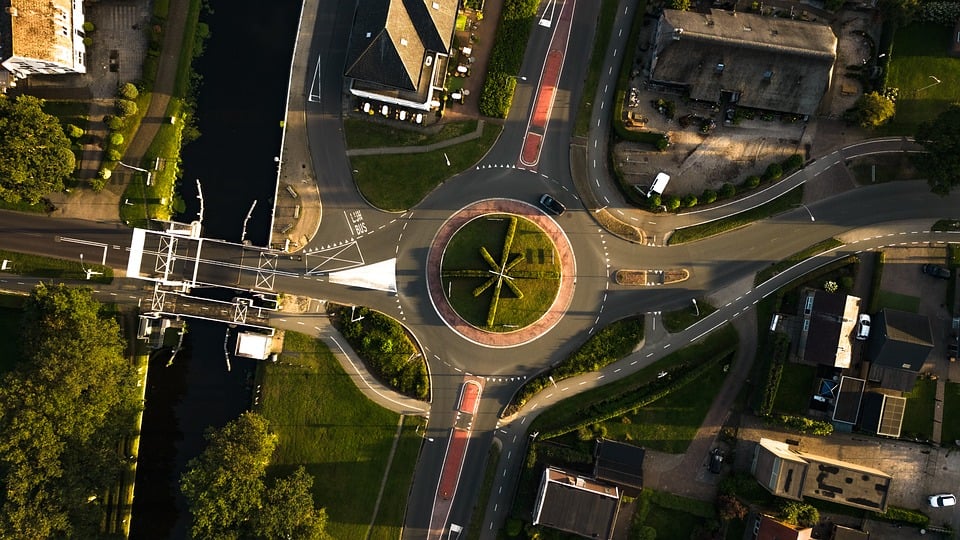WordPress is one of the most popular website-building platforms worldwide, powering over 40% of all websites on the internet. Its user-friendly interface and extensive plugin ecosystem make it accessible for beginners and powerful for experienced web developers. However, like any platform, WordPress is not without its issues. This article will explore common problems users encounter with WordPress and offer effective troubleshooting tips to resolve them.
1. White Screen of Death
One of the most frustrating issues WordPress users face is the notorious "White Screen of Death" (WSOD). This occurs when your website displays a blank screen without any error messages.
How to Fix:
- Increase PHP Memory Limit: Add the following line to your
wp-config.phpfile:define('WP_MEMORY_LIMIT', '256M'); - Disable Plugins: Access your WordPress files via FTP or file manager, navigate to the
wp-content/pluginsdirectory, and rename the plugins folder to deactivate all plugins. If your site reappears, restore the folder name and activate plugins one by one to identify the culprit. - Switch to Default Theme: Change your theme via the WordPress dashboard or rename your theme’s folder in
wp-content/themesto revert to a default theme.
2. Error Establishing a Database Connection
This error implies that your WordPress site cannot connect to the database, which can happen due to incorrect database credentials or a corrupted database.
How to Fix:
- Check
wp-config.php: Review yourwp-config.phpfile for correct database name, username, password, and hostname. - Repair Database: Add the following line to your
wp-config.phpfile to enable database repair:define('WP_ALLOW_REPAIR', true);Then navigate to
http://yourwebsite.com/wp-admin/maint/repair.phpto initiate a repair. Remove the line after completion.
3. Internal Server Error (500 Error)
An Internal Server Error can result from various issues, including server misconfiguration, plugin conflicts, or faulty .htaccess files.
How to Fix:
- Check
.htaccessFile: Rename the.htaccessfile in the root directory to.htaccess_backupand see if the site loads. If it works, go to Settings > Permalinks in the WordPress dashboard and click "Save Changes" to regenerate a new.htaccessfile. - Increase PHP Memory Limit: Refer to the fix for the WSOD.
- Disable All Plugins and Themes: Follow the plugin deactivation step as mentioned earlier.
4. Content Not Displaying or Site Not Found
If your pages are displaying “404 Page Not Found” errors or specific content is missing, the issue is often related to permalink settings or theme problems.
How to Fix:
- Reset Permalinks: Navigate to Settings > Permalinks in your WordPress dashboard, and click "Save Changes" without making any modifications. This refreshes the permalink structure.
- Check for Missing Content: Ensure there are no drafts or pending updates in your WordPress dashboard that need to be published.
5. WordPress Admin Area is Inaccessible
If you’re unable to log in to the WordPress admin area, it could be due to several reasons, like plugin conflicts, security issues, or corrupted files.
How to Fix:
- Clear Browser Cache: Sometimes, simply clearing your browser cache can resolve login issues.
- Disable Plugins: Use FTP to rename the plugins folder to disable all plugins and try logging in again.
- Reset Password: If you forgot your password, you can reset it from the login page or directly through the database using phpMyAdmin.
6. Slow Website Performance
A slow-loading website can lead to poor user experience and adversely affect SEO rankings.
How to Fix:
- Optimize Images: Use plugins like Smush or EWWW Image Optimizer to compress images.
- Utilize Caching: Install a caching plugin, such as W3 Total Cache or WP Super Cache, to improve loading times.
- Minimize Plugins: Deactivate any unnecessary plugins that may be slowing down your site.
Conclusion
While WordPress offers a robust platform for website creation, encountering issues is part of the journey. The above troubleshooting techniques cover some of the most common problems you may face and how to address them effectively. Always ensure you back up your website before making any major changes, and if problems persist, consider consulting with a professional or your hosting provider for specialized support. With patience and the right approach, you can keep your WordPress site running smoothly and efficiently.
Contact Us




